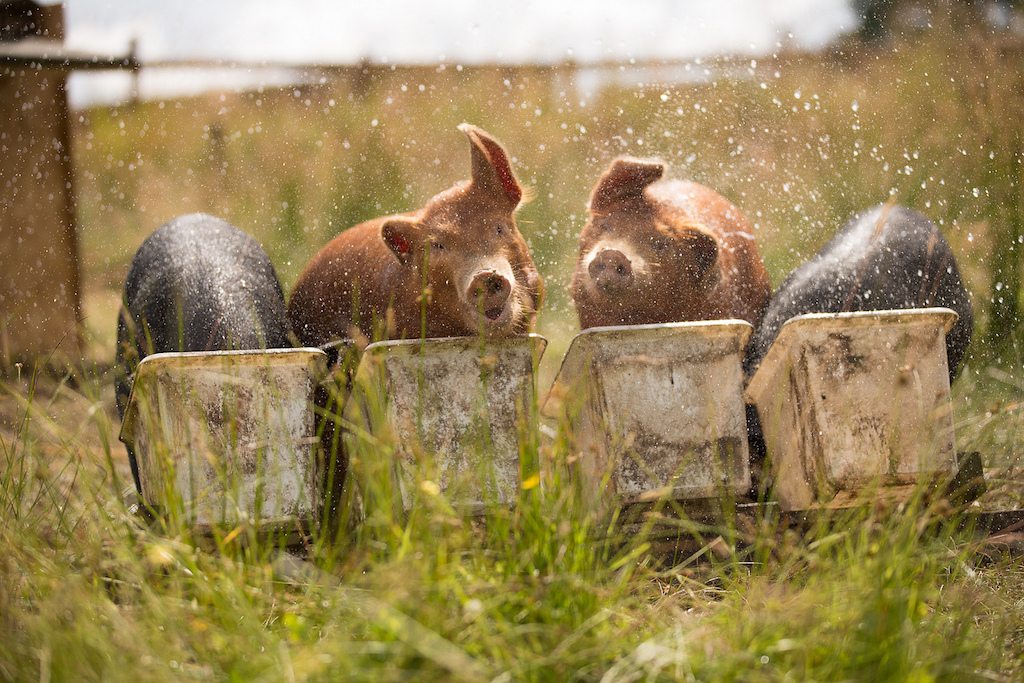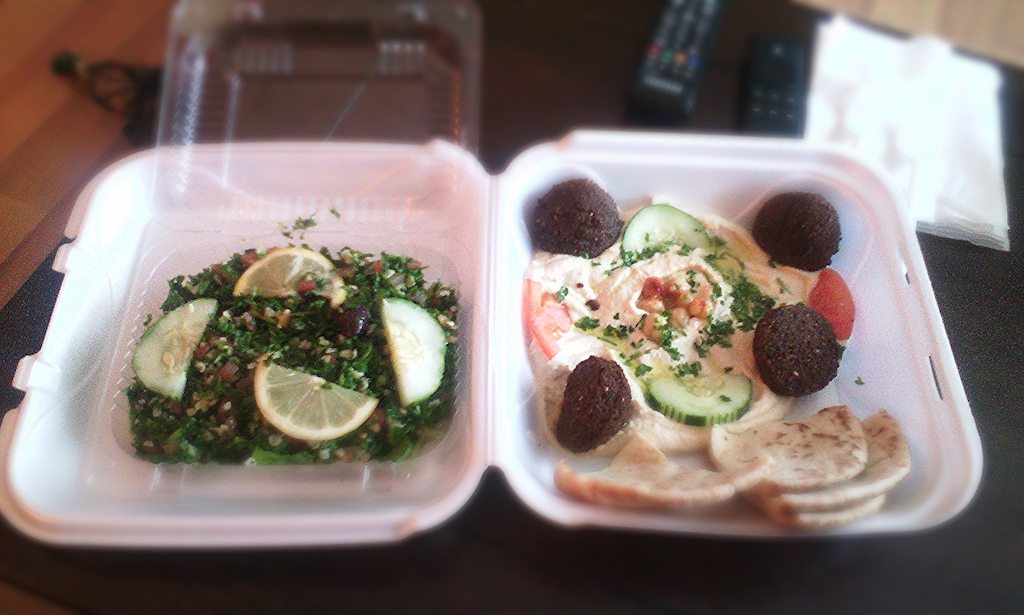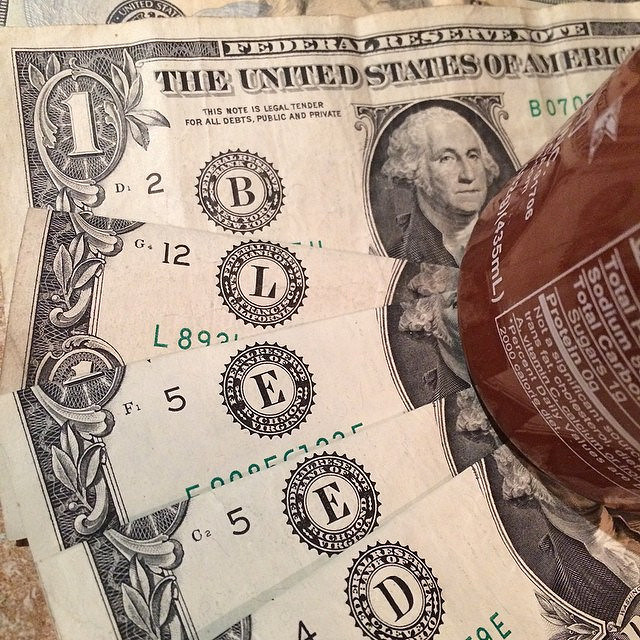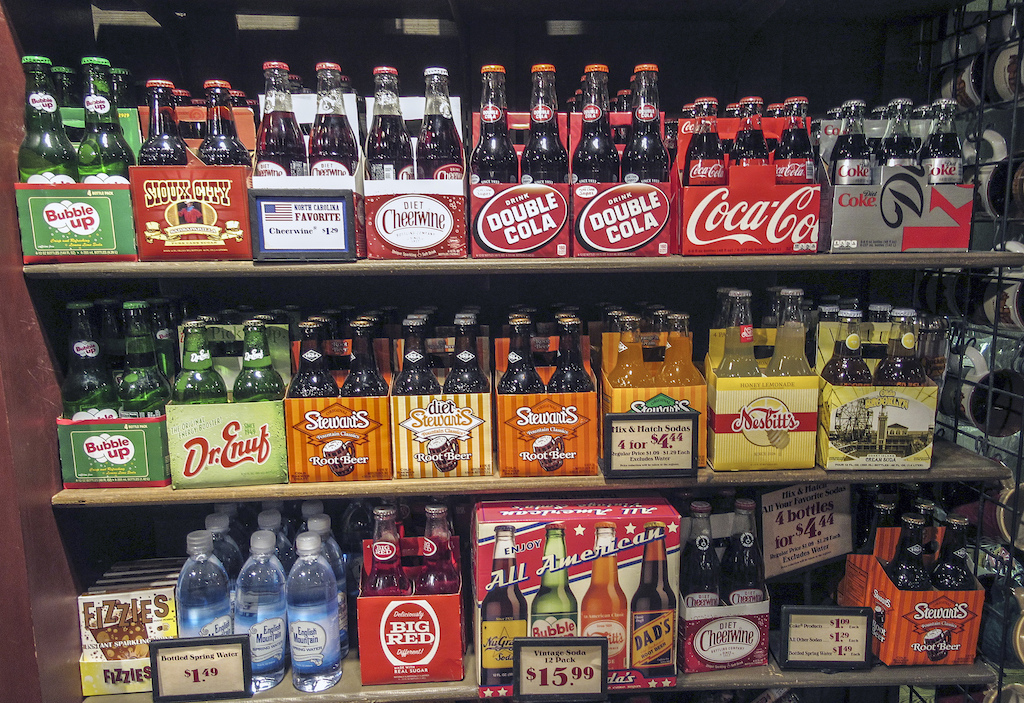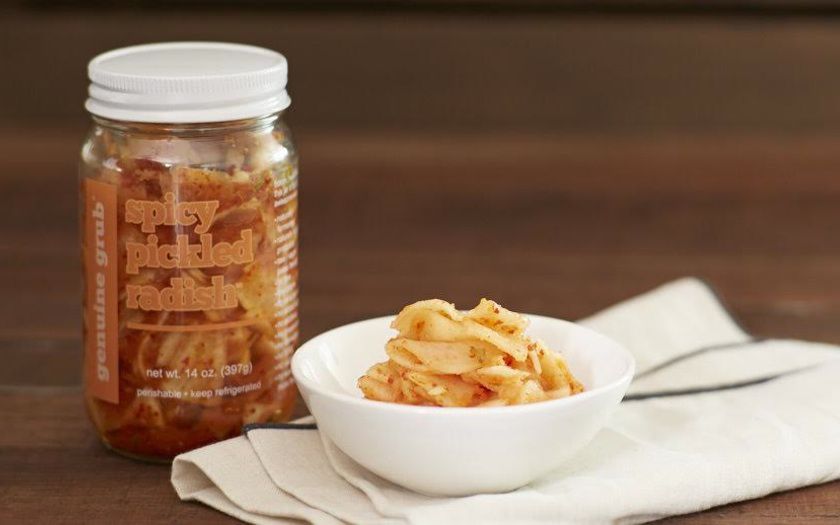
Genuine Grub
When Christopher Wilson needed Nutrition Facts labels for LunaGrown, his line of handmade jams, all his options were pricey and unappealing. Lab testing would cost several hundred dollars per product. Consultants and online services weren’t much cheaper. And software solutions cost thousands of dollars.
“I did a lot of research,” Wilson says. “And my first reaction was—oh my god, you’re kidding me. That’s what it’s going to cost to make a friggin’ label? I was blown away.”
Lev Berlin had a similar experience. In 2011, he worked for SlantShack, a small-batch custom jerky company. (Today, the product is sold nationally via Whole Foods.) SlantShack’s online “Build-a-Jerky” feature allows customers to mix and match ingredients—fun for customers, but a labeling nightmare. As SlantShack started to scale up and needed dozens of nutrition labels, Berlin couldn’t believe how much they’d cost.
“There was no Web 2.0, easy-to-use, user-friendly option for a food entrepreneur doing it for the first time,” Berlin says. “It’s a big barrier to entry.”
https://www.instagram.com/p/jchwiNAHA8/
So Berlin spent the past four years building ReciPal, a cloud-based service that eliminates the need to send samples to a lab, or download software, or hire a consultant. Simply enter your product’s recipe, and—with a few minutes’ work—you’ll have a JPEG or PDF of your retail-ready nutrition label. Each finished file costs only 19 bucks.
Database Analysis: The (Free) Alternative to Lab Testing
There’s a persistent misconception among food entrepreneurs that lab testing is the only way to get an FDA-compliant label. It’s not the case. FDA understands it wouldn’t be feasible to lab-test all prepared foods and allows companies to use standard, generic estimates instead. In the United States, these are typically based on a number of large databases of ingredients. Some of these are proprietary and cost money to use, but the two most widely used are free, public resources maintained by USDA: the National Nutrient Database for Standard Reference, which contains nutritional data for more than 8,000 ingredients, and the USDA’s tables for yield and retention factors, which lay out how varying cooking and processing methods affect nutritional content.
If you’re comfortable with math, and know your way around an Excel spreadsheet, you can use these to do your own FDA-compliant calculations, free of charge. That’s what many labeling consultants do. “If any entrepreneur has all the nutrition data for all of the ingredients they’re buying, they could essentially figure it out by themselves if they want to set up a lot of time doing math or set up a spreadsheet,” says Steve Zoller, a consultant who specializes in food nutritional labeling and compliance.
That’s how Berlin solved SlantShack’s labeling needs, but along the way he started feeling that other entrepreneurs might be willing to pay him a few bucks to spare them the hassle. He started developing ReciPal.
How ReciPal Works
At heart, ReciPal is a fancy Excel sheet that plugs directly into USDA data and helps you calculate nutritional values. (It has some extra features, but we’ll get to those in a minute.) You select ingredients from a list and enter quantities, using a handy dropdown that self-populates with appropriate units of measure—salted butter, for instance, can be added by cups, grams, or sticks. (Some units—for example, a “sprig” of dill?—can be subjective and require some thought.) A few additional features allow for more complicated calculations. A “loss function,” for instance, factors in changes that occur during production, such as liquid boiled away or batter left in the mixer.
Once the ingredients and proportions are set, the program asks you to set your batch and serving sizes. Then—presto—you get to view and download your label (video here). The first three labels are free. From there, it’s $19 a label, or $49 a month for an all-you-can-eat, cancel-anytime subscription. The software flags obvious errors, but if you’d like an extra layer of security, Berlin will double-check your label for an extra $20. For larger operations—and a higher monthly fee—Recipal can factor in price costing and inventory management, essentially operating as a no-frills ERP system.
Do you really need a label?
For many products, ReciPal is a viable, low-cost alternative. “It’s a better bang for the buck,” says Christopher Wilson. “We don’t mind spending the money when the money has to be spent, but it’s tough to find good, affordable tools like what [Berlin] has created.”
For others, though, ReciPal may not be quite enough. The USDA database ReciPal relies on is extensive, but it can fall short on new, exotic, or specialty ingredients. Genuine Grub’s Dan Fruin, for instance, told me he wasn’t able to find the specific type of napa cabbage he uses in his kimchi. You can add your own custom ingredients—but finding the nutritional data is up to you.
And certain preparation methods may be too complex for the database approach. Berlin says that fried foods—which can vary widely in nutritional content once prepared—are best left to labs. Fermented foods also pose problems. Fruin knows how much salt he adds in the brining process for his kimchi, but not necessarily how much remains when he discards the excess water or what fermentation does to the raw product’s nutritional profile.
“It looks like a great resource,” Fruin wrote me in an e-mail. “However, more detailed processes like mine still require a ‘real’ food lab.”
The verdict
ReciPal won’t be right for every business, especially those who use unusual ingredients or complex preparation processes. For others, though, it should make the nutrition labeling simpler and more affordable for small- to mid-size businesses—and that’s a good thing.








